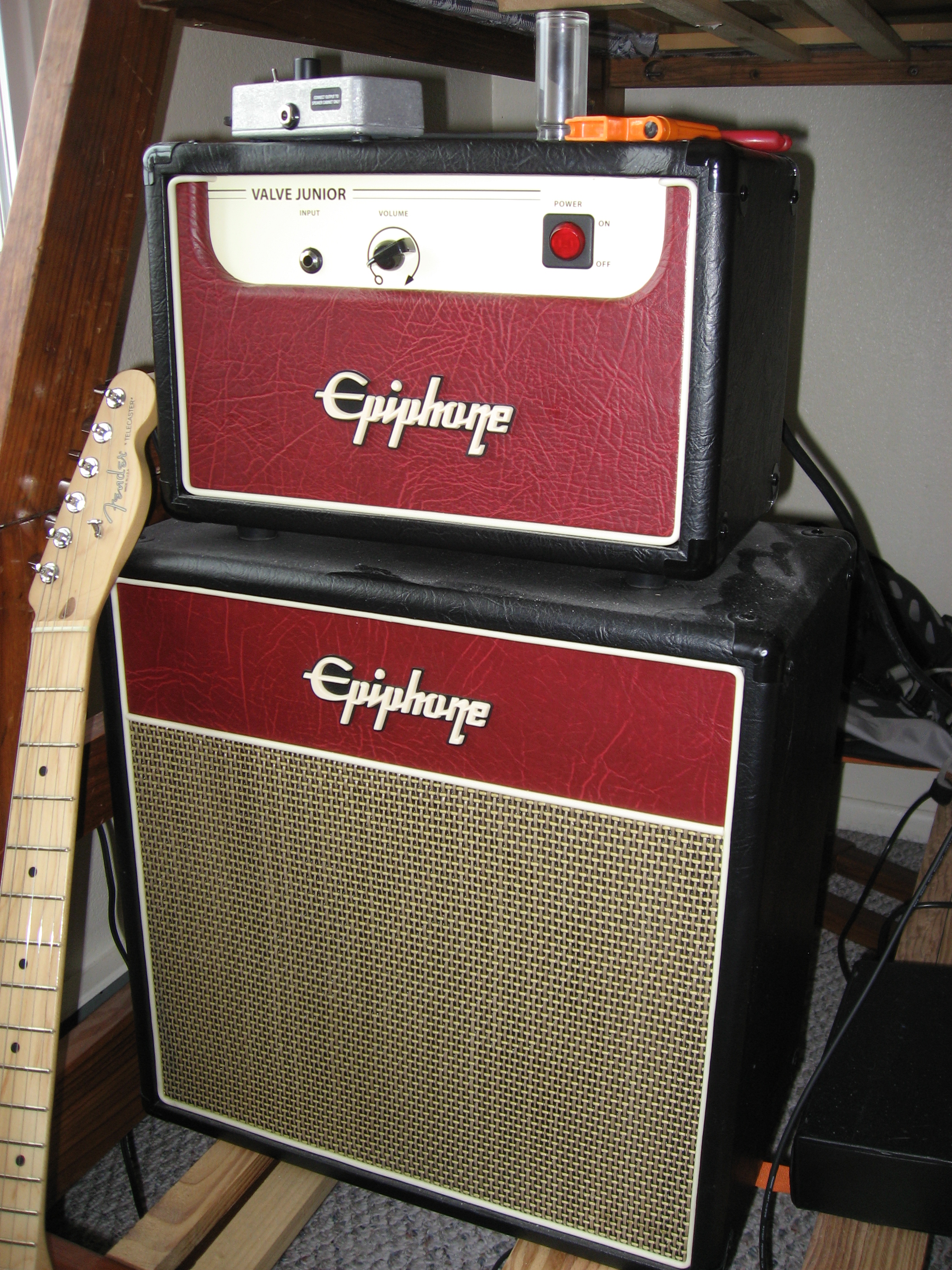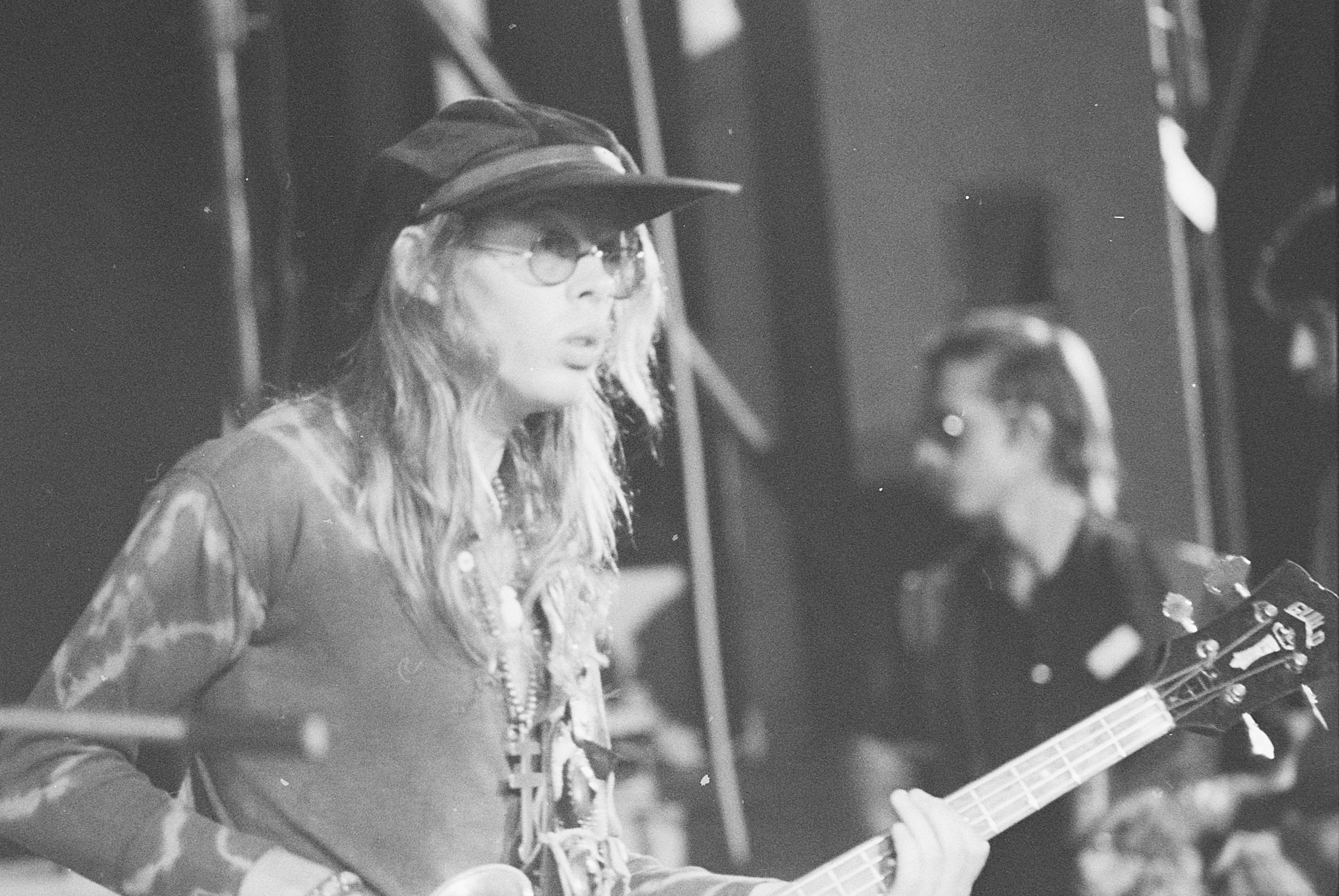|
Epiphone Jack Casady Signature Bass
The Epiphone Jack Casady Signature Bass is a 4-string hollowbody bass guitar manufactured by Epiphone. Jack Casady approached Gibson Gibson may refer to: People * Gibson (surname) Businesses * Gibson Brands, Inc., an American manufacturer of guitars, other musical instruments, and audio equipment * Gibson Technology, and English automotive and motorsport company based * Gi ... (parent company of Epiphone) with the basic design, inspired by Casady's experience with the 1970s-era Gibson Les Paul Signature bass. It is an all mahogany, semi hollow bass guitar with a single low-impedance humbucking pickup. The pickup was designed to correct what Casady perceived as a weakness of the original Les Paul Signature bass, which was a lack of tonal definition in ensemble playing situations. The pickup is connected to a transformer with a three-position switch to select output impedance of 50, 250 or 500 ohms. The lower impedance values give clearer, more balanced tone while the high ... [...More Info...] [...Related Items...] OR: [Wikipedia] [Google] [Baidu] |
Epiphone
Epiphone is an American musical instrument brand that traces its roots to a musical instrument manufacturing business founded in 1873 by Anastasios Stathopoulos in Smyrna, Ottoman Empire, and moved to New York City in 1908. After taking over his father's business, Epaminondas Stathopoulos named the company "Epiphone" as a combination of his own nickname "Epi" and the suffix " -phone" (from Greek ''phon-'', "voice") in 1928, the same year it began making guitars. In 1957 Epiphone, Inc. was purchased by Gibson, its main rival in the archtop guitar market at the time. Gibson relocated Epiphone's manufacturing operation from its original Queens, New York, factory to Gibson's Kalamazoo, Michigan, factory. Over time, as Gibson moved its own manufacturing operations to other facilities, Epiphone followed suit; Gibson has also subcontracted the construction of Epiphone products to various facilities in the US and internationally. Today, Epiphone is still used as a brand for the Gibson com ... [...More Info...] [...Related Items...] OR: [Wikipedia] [Google] [Baidu] |
Maple
''Acer'' () is a genus of trees and shrubs commonly known as maples. The genus is placed in the family Sapindaceae.Stevens, P. F. (2001 onwards). Angiosperm Phylogeny Website. Version 9, June 2008 nd more or less continuously updated since http://www.mobot.org/MOBOT/research/APweb/. There are approximately 132 species, most of which are native to Asia, with a number also appearing in Europe, northern Africa, and North America. Only one species, ''Acer laurinum'', extends to the Southern Hemisphere.Gibbs, D. & Chen, Y. (2009The Red List of Maples Botanic Gardens Conservation International (BGCI) The type species of the genus is the sycamore maple, '' Acer pseudoplatanus'', the most common maple species in Europe.van Gelderen, C. J. & van Gelderen, D. M. (1999). ''Maples for Gardens: A Color Encyclopedia'' Maples usually have easily recognizable palmate leaves ('' Acer negundo'' is an exception) and distinctive winged fruits. The closest relatives of the maples are the horse c ... [...More Info...] [...Related Items...] OR: [Wikipedia] [Google] [Baidu] |
Mahogany
Mahogany is a straight-grained, reddish-brown timber of three tropical hardwood species of the genus ''Swietenia'', indigenous to the AmericasBridgewater, Samuel (2012). ''A Natural History of Belize: Inside the Maya Forest''. Austin: University of Texas Press. pp. 164–165. . and part of the pantropical chinaberry family, Meliaceae. Mahogany is used commercially for a wide variety of goods, due to its coloring and durable nature. It is naturally found within the Americas, but has also been imported to plantations across Asia and Oceania. The mahogany trade may have begun as early as the 16th century and flourished in the 17th and 18th centuries. In certain countries, mahogany is considered an invasive species. Description The three species are: *Honduran or big-leaf mahogany ('' Swietenia macrophylla''), with a range from Mexico to southern Amazonia in Brazil, the most widespread species of mahogany and the only genuine mahogany species commercially grown today. Illegal l ... [...More Info...] [...Related Items...] OR: [Wikipedia] [Google] [Baidu] |
Maple
''Acer'' () is a genus of trees and shrubs commonly known as maples. The genus is placed in the family Sapindaceae.Stevens, P. F. (2001 onwards). Angiosperm Phylogeny Website. Version 9, June 2008 nd more or less continuously updated since http://www.mobot.org/MOBOT/research/APweb/. There are approximately 132 species, most of which are native to Asia, with a number also appearing in Europe, northern Africa, and North America. Only one species, ''Acer laurinum'', extends to the Southern Hemisphere.Gibbs, D. & Chen, Y. (2009The Red List of Maples Botanic Gardens Conservation International (BGCI) The type species of the genus is the sycamore maple, '' Acer pseudoplatanus'', the most common maple species in Europe.van Gelderen, C. J. & van Gelderen, D. M. (1999). ''Maples for Gardens: A Color Encyclopedia'' Maples usually have easily recognizable palmate leaves ('' Acer negundo'' is an exception) and distinctive winged fruits. The closest relatives of the maples are the horse c ... [...More Info...] [...Related Items...] OR: [Wikipedia] [Google] [Baidu] |
Rosewood
Rosewood refers to any of a number of richly hued timbers, often brownish with darker veining, but found in many different hues. True rosewoods All genuine rosewoods belong to the genus ''Dalbergia''. The pre-eminent rosewood appreciated in the Western world is the wood of ''Dalbergia nigra''. It is best known as "Brazilian rosewood", but also as "Bahia rosewood". This wood has a strong, sweet smell, which persists for many years, explaining the name ''rosewood''. Another classic rosewood comes from ''Dalbergia latifolia'', known as (East) Indian rosewood or ''sonokeling'' (Indonesia). It is native to India and is also grown in plantations elsewhere in Pakistan (Chiniot). Madagascar rosewood (''Dalbergia maritima''), known as ''bois de rose'', is highly prized for its red color. It is overexploited in the wild, despite a 2010 moratorium on trade and illegal logging, which continues on a large scale. Throughout southeast Asia, ''Dalbergia oliveri'' is harvested for use in ... [...More Info...] [...Related Items...] OR: [Wikipedia] [Google] [Baidu] |
Bass Guitar
The bass guitar, electric bass or simply bass (), is the lowest-pitched member of the string family. It is a plucked string instrument similar in appearance and construction to an electric or an acoustic guitar, but with a longer neck and scale length, and typically four to six strings or courses. Since the mid-1950s, the bass guitar has largely replaced the double bass in popular music. The four-string bass is usually tuned the same as the double bass, which corresponds to pitches one octave lower than the four lowest-pitched strings of a guitar (typically E, A, D, and G). It is played primarily with the fingers or thumb, or with a pick. To be heard at normal performance volumes, electric basses require external amplification. Terminology According to the ''New Grove Dictionary of Music and Musicians'', an "Electric bass guitar sa Guitar, usually with four heavy strings tuned E1'–A1'–D2–G2." It also defines ''bass'' as "Bass (iv). A contraction of Double bas ... [...More Info...] [...Related Items...] OR: [Wikipedia] [Google] [Baidu] |
Jack Casady
John William "Jack" Casady (born April 13, 1944) is an American bass guitarist, best known as a member of Jefferson Airplane and Hot Tuna. Jefferson Airplane became the first successful exponent of the San Francisco Sound. Singles including " Somebody to Love" and "White Rabbit" charted in 1967 and 1968. Casady, along with the other members of Jefferson Airplane, was inducted into the Rock and Roll Hall of Fame in 1996. Early life Casady was born in Washington D.C., the son of Mary Virginia (''née'' Quimby) and William Robert Casady. His father was of half Irish Protestant and half Polish Jewish ancestry. His mother was a relative of aviator Harriet Quimby; some of her family had been in North America since the 1600s. First playing as a lead guitarist with the Washington, D.C.-area rhythm and blues band The Triumphs, he switched to bass during his high school years, and while still underage (and with a forged I.D.) played the Washington D.C. club scene, backing artists such as ... [...More Info...] [...Related Items...] OR: [Wikipedia] [Google] [Baidu] |
Gibson Guitar Corporation
Gibson Brands, Inc. (formerly Gibson Guitar Corporation) is an American manufacturer of guitars, other musical instruments, and professional audio equipment from Kalamazoo, Michigan, and now based in Nashville, Tennessee. The company was formerly known as Gibson Guitar Corporation and renamed Gibson Brands, Inc. on June 11, 2013. Orville Gibson started making instruments in 1894 and founded the company in 1902 as the Gibson Mandolin-Guitar Mfg. Co. Ltd. in Kalamazoo, Michigan, to make mandolin-family instruments. Gibson invented archtop guitars by constructing the same type of carved, arched tops used on violins. By the 1930s, the company was also making flattop acoustic guitars, as well as one of the first commercially available hollow-body electric guitars, used and popularized by Charlie Christian. In 1944, Gibson was bought by Chicago Musical Instruments (CMI), which was acquired in 1969 by Panama-based conglomerate Ecuadorian Company Limited (ECL), that changed its name ... [...More Info...] [...Related Items...] OR: [Wikipedia] [Google] [Baidu] |
Gibson Les Paul Bass
The Gibson Les Paul bass is a bass guitar first manufactured by Gibson in 1969, just after the relaunch of the Les Paul guitar in 1968. History The first model simply called "Les Paul Bass", had a few interesting features, most notably low impedance circuitry, especially designed for recording in the studio. It had a Honduras mahogany body with a three-piece mahogany set neck with 24 frets, and a 30 1/2" scale. Besides volume and tone control it had a number of tone-shaping switches (passive circuitry) and two oval humbuckers. The original Les Paul Bass turned out to be a flop, and in 1971 the model was redesigned and renamed Les Paul Triumph. This model had built-in switching to change from low to high impedance, but was, in essence, much the same, using the same woods and construction. A hollow body version was created in 1973, named the Les Paul Signature bass. This was a long scale bass (34½") with double cutaways. Very different from the preceding models, but still ... [...More Info...] [...Related Items...] OR: [Wikipedia] [Google] [Baidu] |


.jpg)




